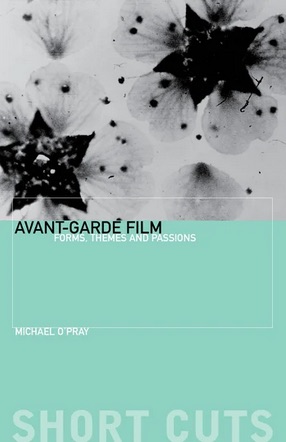Avant-Garde Film: Forms, Themes and Passions examines the variety of concerns and practices that have comprised the long history of avant-garde film at a level appropriate for undergraduate study. It covers the developments of experimental film-making since the modernist explosion in the 1920s in Europe through to the Soviet film experiments, the American Underground cinema and the French New Wave, structuralism and contemporary gallery work of the young British artists. Through in-depth case-studies, the book introduces students not only to the history of the avant-garde but also to varied analytical approaches to the films themselves - ranging from abstraction (Richter, Ruttmann) to surreal visions (Bunuel, Wyn Evans), underground subversion (Jack Smith, Warhol) to experimental narrative (Deren and Antonioni).
- CONTENTS
- ACKNOWLEDGEMENTS
- PREFACE
- 1 THE AVANT-GARDE FILM: DEFINITIONS
- 2 THE 1920S: THE EUROPEAN AVANT-GARDES
- 3 THE 1920S: SOVIET EXPERIMENTS
- 4 THE 1920S AND 1930S: BRITISH AVANT-GARDE FILM
- 5 THE 1940S: AMERICAN MYTHOLOGY
- 6 THE 1950S: THE AESTHETICS OF THE FRAME
- 7 THE 1960s: THE NEW WAVE
- 8 THE 1960s: SEX, DRUGS AND STRUCTURE
- 9 THE 1960S AND 1970S: FORM DEGREE ZERO
- 10 THE 1980S: THE GHOST IN THE MACHINE
- 11 THE 1990S: THE YOUNG BRITISH ARTISTS
- BIBLIOGRAPHY
- INDEX

